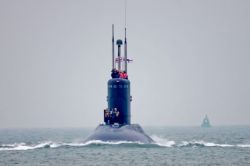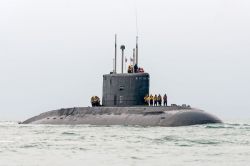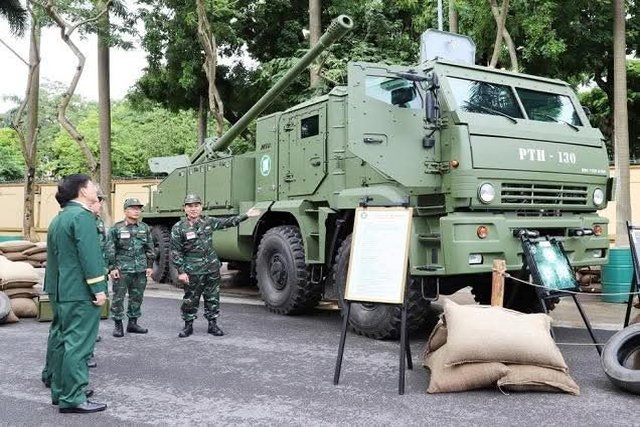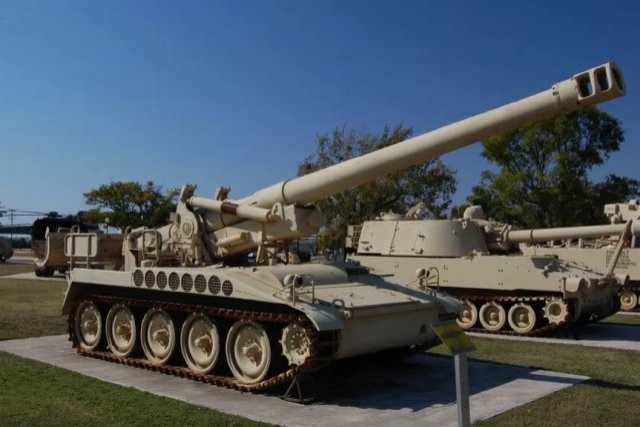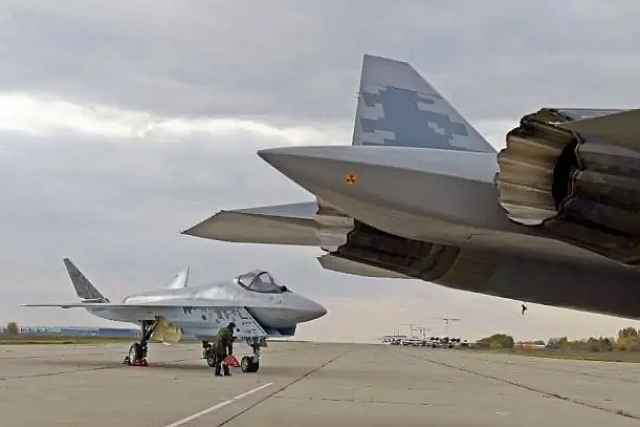Russia To Help Indian Navy In Submarine Sinking Probe
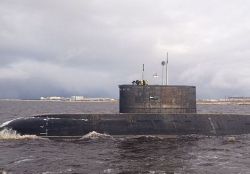
The recent blow up of a Russian-built Indian navy submarine will be investigated by a team of Russian naval engineering specialists, Russian Deputy Prime Minister Dmitry Rogozin said Friday.
The INS Sindhurakshak, a Kilo-class (Project 877 EKM) diesel-electric powered vessel sank in harbor on Wednesday, after a fire triggered the explosion of at least two torpedoes or missiles on board, in a blast that lit up the city's waterfront, killing 18 crew members.
“I have instructed the United Shipbuilding Corporation to send more specialists in agreement with the Indian side, to take part in the investigation of the tragedy and to provide all assistance necessary to our Indian friends,” said Rogozin, who oversees the Russian defense industry.
The Indian Navy is likely to request Russian assistance, according to reports.
The Russian specialists do not see technical failure as the likely cause of the incident, Rogozin said.
Russian experts have not yet been to the scene of the accident, where Indian Navy divers are still working to try to recover the bodies of those who died. The divers recovered three bodies Friday from among the 18 crew believed to have been on board, The Times of India reported.
"Three bodies have been recovered from the submarine by our divers but their identity has not yet been ascertained," a Navy spokesman said.
The Navy was unlikely to be able to raise the 2,300-ton boat by itself and would probably use a Singaporean salvage company to bring it up, the report added.
The Sindhurakshak suffered a fatal fire in 2010 that killed a crewman. An Indian Navy investigation said that incident was caused by a defective battery, the Hindustan Times reported.
The boat was refitted by Russia’s Zvezdochka shipyard after that fire, and only returned to service in January.
The boat had sailed 15,000 miles after the refit and the Indians “had not expressed any complaints about the submarine’s condition” afterward, Rogozin said.
Diesel-electric boats like the Kilo-class use their diesel engines to run on the surface, and charge huge batteries to power electric motors for silent running below the surface.
Gases can be discharged during the charging process, including inflammable hydrogen, which must be safely ventilated to prevent fire.
